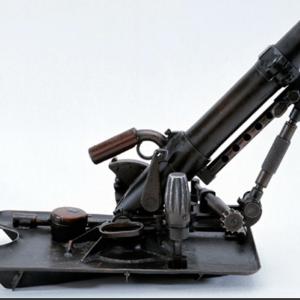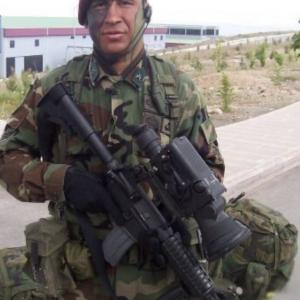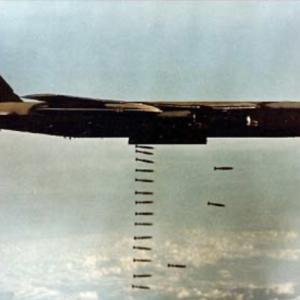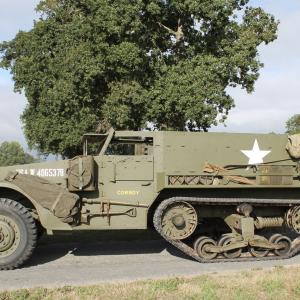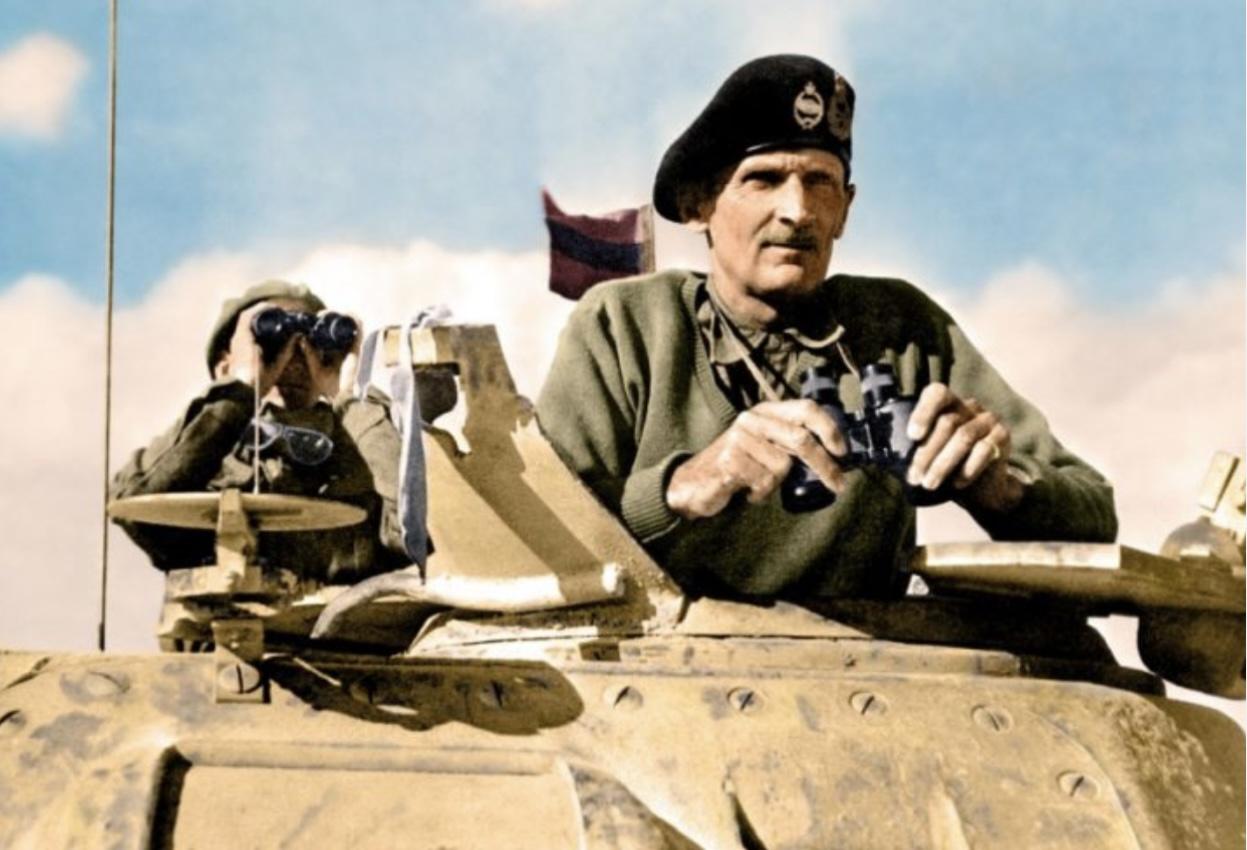
How Monty beat Rommel in Africa
The Desert Duel: Rommel and Montgomery Clash at El Agheila
In the unforgiving landscapes of North Africa, two master tacticians, Field Marshal Erwin Rommel and British General Bernard Law Montgomery, vied for supremacy in a high-stakes campaign that would shape the strategic direction of World War II. After Rommel’s defeat at the Second Battle of El Alamein in late 1942, his famed Afrika Korps began a steady westward withdrawal. Yet calling it a retreat overlooks the fierce determination and tactical resistance Rommel employed along the way. At each stop, including the critical position of El Agheila, Rommel turned to the terrain, his remaining tanks, and the discipline of his forces to buy time and delay the Allied advance.
Rommel had always been known for his ability to maximise limited resources, and his defense at El Agheila was no exception. He deployed a combination of German Panzer III and IV tanks—mainstays of his armored divisions—alongside Italian Semovente assault guns and M13/40 tanks. Though outdated compared to their British and American counterparts, these machines were still formidable in the hands of experienced crews. Rommel’s artillery, including the potent 88mm Flak guns repurposed for anti-tank roles, was carefully positioned to ambush advancing Allied armor in narrow chokepoints, using the desert’s dunes and escarpments to their advantage.
Montgomery, however, was no longer leading an under-prepared or ill-equipped force. The British Eighth Army had been rearmed and reorganised following earlier setbacks, and by the time of El Agheila, it fielded a powerful mix of American-made M4 Sherman tanks, British Crusader and Valentine tanks, and the heavily armored Churchill infantry tanks. These newer vehicles outclassed much of Rommel’s aging Panzer force in firepower and reliability. Alongside this tank advantage, Montgomery had an increasingly dominant artillery corps, fielding the versatile British 25-pounder gun-howitzers, which provided effective fire support and could be rapidly repositioned during mobile engagements.
Perhaps most decisively, Montgomery made devastating use of Allied airpower. Control of the skies had shifted dramatically since earlier stages of the North African campaign. The Royal Air Force (RAF), bolstered by the arrival of U.S. Army Air Forces units, now commanded the airspace above the battlefield. British and American fighter-bombers such as the Curtiss P-40 Warhawk and the Supermarine Spitfire strafed German columns and pounded Axis supply lines. Medium bombers, including the American B-25 Mitchell and the British Wellington, targeted fuel depots, transport convoys, and Rommel’s rear positions with increasing precision.
Rommel’s Luftwaffe support, once a significant asset, had dwindled by this point. Shortages in fuel and spare parts, compounded by the overstretched German war effort, left him with only a token air presence. His Ju 87 Stuka dive bombers and Bf 109 fighters were too few to challenge the Allied aerial superiority meaningfully. This imbalance allowed Montgomery to conduct battlefield reconnaissance, disrupt Rommel’s logistics, and soften up Axis positions before any major ground assault—actions that steadily eroded Rommel’s operational flexibility.
As the British closed in on El Agheila in December 1942, Montgomery executed a well-planned flanking maneuver. Rather than strike Rommel head-on, he sent armored columns around the southern desert approaches, forcing Rommel to either counterattack or risk encirclement. Rommel, with his characteristic battlefield instincts, quickly saw the danger and orchestrated another skillful withdrawal. His forces fought delaying actions using mobile rearguards and mined fields, all while moving toward stronger defensive positions in Tunisia. But every mile conceded brought him closer to exhaustion.
Despite Rommel’s tactical brilliance, the cumulative advantages of Allied armor, artillery, and airpower proved insurmountable. The Sherman tank’s superior armor and firepower, combined with coordinated artillery barrages and relentless air attacks, overwhelmed Axis defenses. British mobile units could now outpace and outgun Rommel’s weakened formations. Even his cherished 88mm guns, deadly in open ambushes, were increasingly neutralised by Allied air strikes before they could be brought to bear.
The battle for El Agheila, then, was not just a clash of men and machines—it was a reckoning between a fading force and a resurgent army. For Rommel, it marked the end of maneuver warfare in the open desert. From this point forward, he would be forced to fight from fixed positions in Tunisia, increasingly reliant on Italian and German reinforcements that never arrived in the numbers he needed. Montgomery, on the other hand, proved not only capable of planning a massive offensive, but of executing it with patience, precision, and calculated aggression.
El Agheila stood as a pivotal moment in the North African campaign. It showcased the growing dominance of Allied combined arms warfare—integrating tanks, artillery, and airpower with logistical depth. It also revealed the limits of Axis resistance in a theater where supply lines stretched across continents and political interference constrained commanders. Both generals respected each other’s capabilities, but the material and operational gap between their forces was growing by the day.
The duel between Rommel and Montgomery, once a near-even contest of tactics and daring, was now shifting toward inevitable Allied superiority. Yet in Rommel’s determined defense and skillful withdrawal, he preserved his reputation and his army for one final stand in Tunisia. And in Montgomery’s victory, the Allies secured a gateway to the Mediterranean, paving the way for the eventual invasion of Europe.

